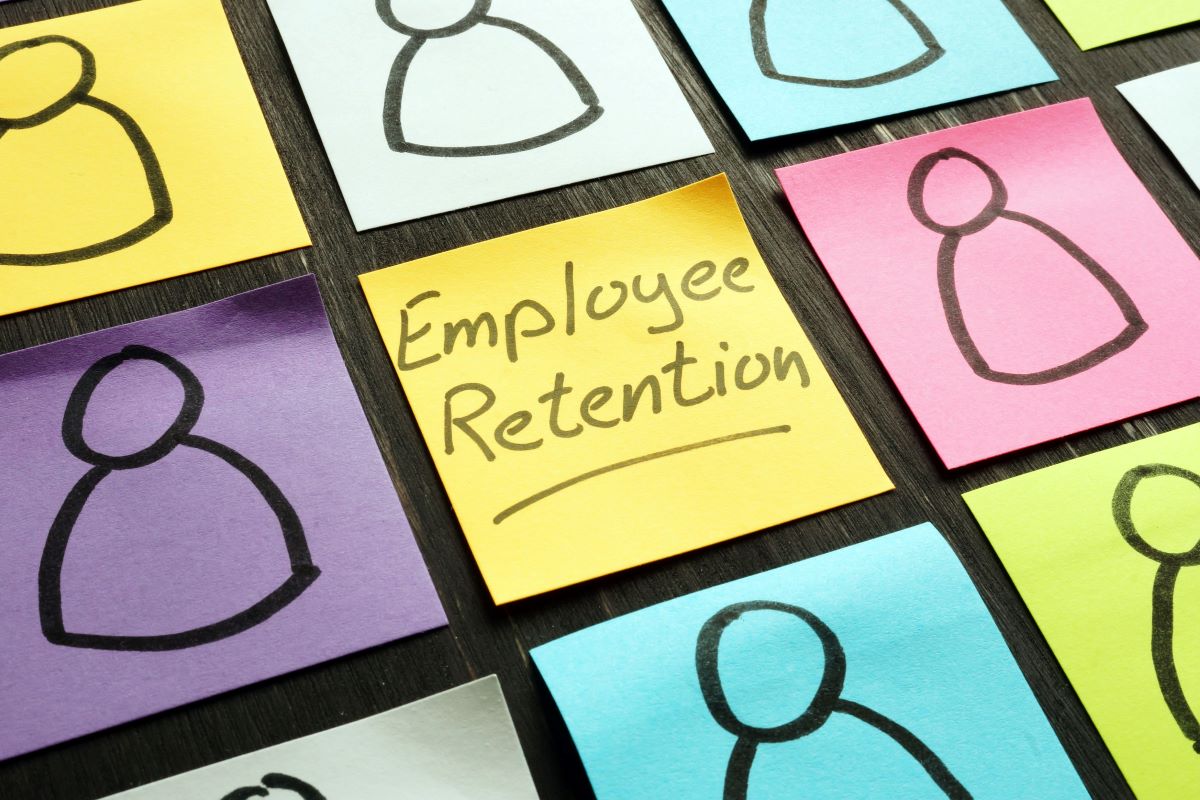The big disconnect: 12 ways employers and their workers diverge on wellness efforts (and 4 ways organizations can improve)
A roadmap for overhauling wellness efforts and the ways they’re communicated.

Many organizations over the last 15 months have tried to strengthen their commitment to worker safety and health above the bottom line.
It’s a mindset that drove an increased interest in workplace wellness massive shifts in workplace practices as offices adapted to remote work during the pandemic. But there’s a persistent divergence between how employers see their efforts and how workers view them. Needless to say, workers aren’t as convinced.
Here are 12 of the most significant disconnects, along with four ways employers can support their people and improve retention. They offer employers a roadmap for how they need to either overhaul their programs themselves, or at least change the way they’re communicating, because employees remain skeptical.
- 37% percent of workers say that safety often takes a back seat to profits, while only 19% of employers agreed in a study from the Harris Poll and Just Capital of 1,000 U.S. workers and 300 U.S. employers, conducted in February 2021.
- In the same study, 31% of workers say employees and management don’t see eye-to-eye on best practices for COVID-19 safety.
- The vast majority of employers (84%) said they included workers in the creation of COVID-19 guidelines but only 62% of workers agreed. Workers were also more likely to not know if their input was sought on COVID-19 response plans.
- 32% of workers say management does the minimum required to keep workers healthy and safe, while 14% of employers don’t agree—they think they do more.
- Also: 62% of workers say the organization involved employees in developing a COVID-19 safety plan, while 84% of employers believed the employees were involved.
- Another key finding: Employees were still coming to the office sick as of February, despite an increased effort to keep contagious employees at home. Workers in the gig economy, or those who hold multiple jobs, are much more likely to come to work sick, (34% vs. 13%) revealing how structural factors within the workforce can reinforce or undermine workplace wellness efforts.
A similar report in January by the British multinational insurance company Aviva found similar perspectives. The research was conducted twice last year, most recently in August, with 2,000 U.K. workers being surveyed.
- Employees are now more likely to say their employer is working quite hard to offer tools or training around mental health (55% up from 38% in February of last year) and that employers are trying to create the “right atmosphere” for people to succeed (45% up from 38%.) However, those efforts do not translate into a belief that their employer really cares about them.
- In the report, only 15% of employees said that their employer was really working hard to understand what motivates them and just 26% said they thought their employer was “genuinely concerned” about their well-being.
- This might be tied to concerns about personal finance and a lack of clarity regarding personal objectives at work. Only 24% of respondents said that they feel their employer is working hard to provide guidance for personal-finance management.
- There are also clear differences between office workers and employees who do manual labor. Office employees are more likely to report an increasingly blurred work/life balance where manual labor workers are reporting a drop in feeling supported by employers to work around commitments.

Employees won’t solve the problem themselves
- Despite months of messages about mental health and wellness, workers still face a crisis when it comes to mental-health outcomes. According to the report, 43% of employees would still rate their mental health as “less than good” and 84% say they would carrying on working even if they felt unwell.
- Where employers might want to go back to business as usual, employees don’t. A study from Harvard Business School Online shows that workers want flexibility from their employers to allow them to maintain the new work/home balance and productivity they have come to enjoy.” Eighty-one percent of Harvard’s respondents said they “either don’t want to go back to the office or would prefer a hybrid schedule going forward.” Moving forward, 27%hope to work remotely full time, 61% would like to work two or three days a week from home, and just 18% want to go back to the office full time.
And here are four ways Aviva suggests employers can help support employees and retain top talent.
- Embrace work flexibility. Give employees as much autonomy as possible.
- Personalize mental health and well–being support. Every employee is different and has different needs. Use a personality model to identify what specific differences might be at play.
- Create a sense of purpose in the workplace. Having clear expectations and goals can significantly reduce workers’ anxiety, according to the report.
- Prepare workers for fuller working lives. That means offering more support on financial wellness and helping prepare employees for retirement.
If you’re driving employees too hard, without regard for their overall well-being, you could end up not having a workplace to return to at all.

